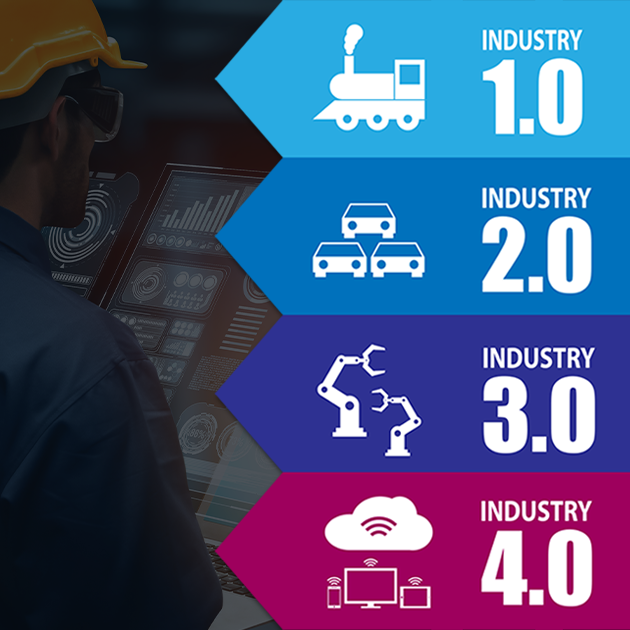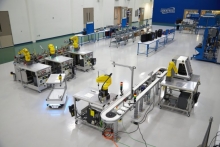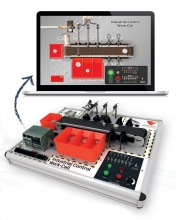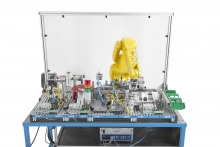The Evolution of Industry 1.0 to 4.0 and Beyond

How has the Industrial Revolution changed the world changed and what can we expect in the future?
People have been revolutionizing the production and manufacturing industry for as long as mankind has been around. The changing of items being made and distributed in the home to transitioning to them being mass manufactured and distributed using machines and new technology is what we call the Industrial Revolution. There are four main Industrial Revolutions: coal, gas, electronics and nuclear, and currently the internet and renewable energy. These are also known as Industry 1.0, 2.0, 3.0, and currently 4.0. At the rate technology and knowledge is going though, is an Industry 5.0 soon to follow? If so when and what will that entail? Let’s look into each Industry and see how they have each helped shape and create the next.
Industry 1.0 – The Industry of Steam
The first industrial revolution began in England in the 1760s with the introduction of water and steam used to help transport goods from place to place. Steam was already known, however, it wasn’t until this time that it was used in the industrial processes, making it the biggest breakthrough of its kind during the era. Industries such as glass, mining, agriculture, and textiles greatly benefitted from this as they were now able to produce larger quantities of items due to the introduction of mechanization.
Industry 2.0 – The Technological Revolution
The rise of the second industrial revolution began mostly in Britain, America, and Germany in the 1870s and was known as the “Technological Revolution.” During this time, electrical technology was introduced and powered machines unlike nothing else. This made machines much more user-friendly and was much more cost-efficient. It was also when mass production became a reality due to the creation of the assembly line. This allowed the invention and success of automobiles and planes.
Industry 3.0 – The Digital Revolution
The third industrial revolution in the 1970s sparked the beginning of IT and computer technology, known as the “Digital Revolution.” While the computers were much larger than what we currently use, they laid the foundational groundwork for current computers. While these computers were mostly automated, they did still need a human controller. Manufacturing and automation also advanced because of internet access, connectivity, and renewable energy. Industry 3.0 is still widely used in the workforce and has been a tremendous help in guiding Industry 4.0.
Industry 4.0 – Humans, Technology, and Sustainability
It’s been debated on when Industry 4.0 began, but the term was coined in 2011 with the industry seeing great growth in smart machines, storage systems, and production facilities not needing any human interaction. The start of Internet of Things (IoT) was created which is an interconnected network of machine devices and vehicles embedded with computerized sensing, scanning, and monitoring capabilities. Sustainability has also been a big factor in Industry 4.0 as the world continue to improve the environment. The hope is that by developing more green technology using Industry 4.0, the three pillars of sustainability (environmental, economic, and social) will be see a big improvement.
Industry 5.0 - The Industry to Come
It may seem almost like science-fiction, but the future of Industry 5.0 could be on the rise. This will be a time when humans and A.I. work side-by-side to improve the efficiency of production. The goal for Industry 5.0 is to produce better automation of the manufacturing process by having humans and robots work together and provide customers better customizations.
Be a Part of the Growth
From Industry 1.0 to the current 4.0 each one of these has shown tremendous change and growth in the world. It’s hard to imagine, with as much as things have already advanced, what else is there to think of? The industry seems to be on a fast track of progress and one can only imagine what the future Industry 5.0 could hold. There is still a skills gap that must be closed if these industries are to survive. Trained individuals are very high in demand and needed to help with the continual growth. Let Tech-Labs help you prepare your students the future of Industry 4.0 and beyond.






